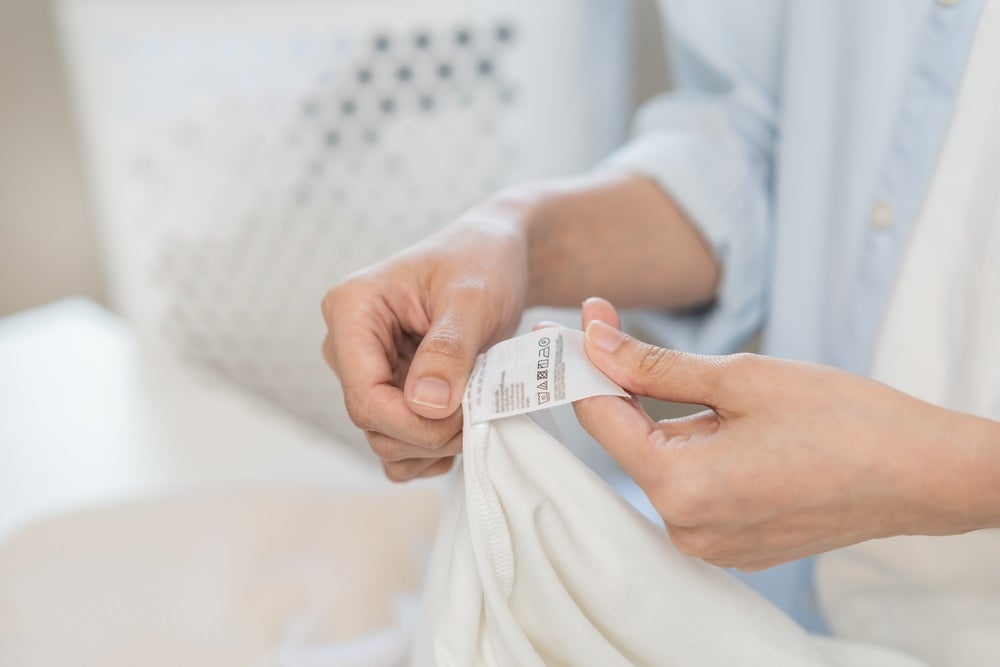While acknowledging the past success of the regulation in delivering information to consumers, Euratex emphasised the need to adapt to evolving technical landscapes, societal changes, and the recent regulatory framework for sustainable textiles.
The proposed revision aims to enhance regulatory coherence and align with the EU strategy for sustainable textiles.
Euratex believes the revised regulation should consider the labelling requirements of major export markets, including the US and the UK, where EU textiles are prominently sold.
Recognising the upcoming introduction of 16 new regulations affecting the sector, the textile organisation proposes a focused approach for the revised regulation, highlighting two key pillars: fibre composition and care instructions.
Additionally, Euratex suggests integrating digitalisation, leather, and fur authenticity as complementary aspects to improve overall consumer information:
1. Fibre Composition: man-made cellulosic fibres & recycled fibres
Euratex explained that fibre composition serves as a crucial element in informing consumers about textile product properties. By clearly stating the type and percentage of fibres used, it believes consumers can make informed choices based on quality, durability, and suitability.
Accurate labelling would also help manufacturers adhere to industry standards and regulations, preventing deceptive practices such as misrepresentation or substitution of materials.
Euratex urges the Commission to streamline the process for updating fibre names to accommodate technological advancements, particularly for innovative Small and medium-sized enterprises (SMEs). The inclusion of recycled content information on labels, accompanied by a precise definition of recycled fibre, aims to guide consumers towards environmentally conscious choices.
To avoid false green claims and incorrect interpretations of recycled content on textile labels, the definition of recycled fibre should be further developed.
In light of the proposed Directive on Green Claims in March 2023, Euratex suggests avoiding redundancy in regulating recycled claims within the Textiles Labelling Regulation.
2. Care Instructions
Euratex highlights care instructions as another essential pillar of the revised regulation. The provision of clear and accessible care information on physical labels, mandated at the EU level, it says contributes to a harmonised framework and reduces compliance costs.
Euratex said care labels are beneficial for those with no access to digital devices or who prefer a more “tactile and straightforward” approach.
The organisation adds this approach prioritises consumer rights, and product longevity, and simplifies maintenance processes across the value chain.
3. Fur and leather authenticity
Euratex supports the introduction of a labelling requirement for authentic leather and fur to address increasing competition, counterfeiting, and mislabelling.
Transparent communication on material authenticity protects the EU textiles industry's reputation, quality, and value in the global market.
The revised regulation will help the industry ensure compliance with high environmental and animal welfare standards and receive recognition for it.
Euratex proposes separate definitions for natural fur and leather within the regulation without altering the existing definition of “textile product,” ensuring clarity and avoiding confusion.
4. Digitalisation: interface with Digital Product Passport and Ecodesign for Sustainable Products Regulation (ESPR)
Euratex stresses the continued importance of physical labels as the primary source for essential information such as fibre composition and care instructions, whilst recognising the role of digitalisation in providing additional information.
The proposed Digital Product Passport and EPR requirements should complement, not duplicate, the revised regulation to avoid confusion and ensure harmonised implementation across the EU.
Euratex urges the Commission to develop guidelines for interpretation and implementation to enhance clarity and consistency. The proposed revisions align with Euratex's commitment to transparency, sustainability, and fair competition within the European textile industry.









